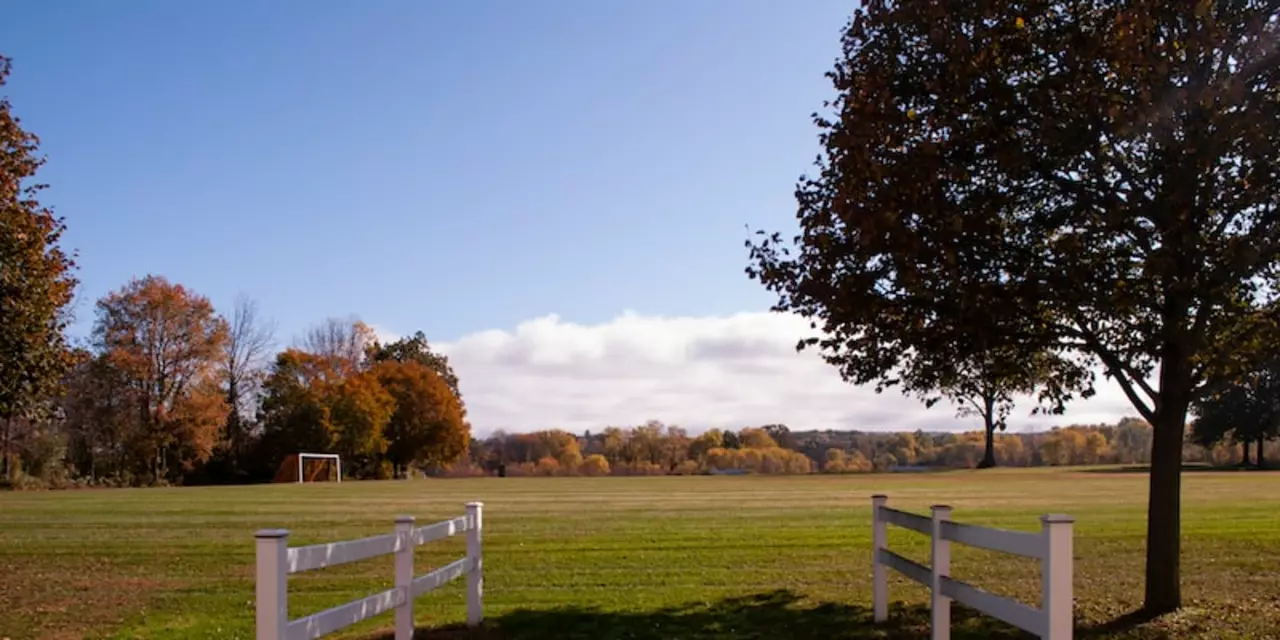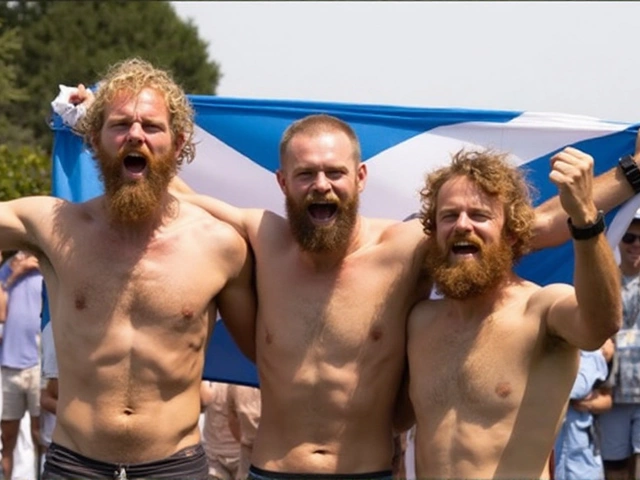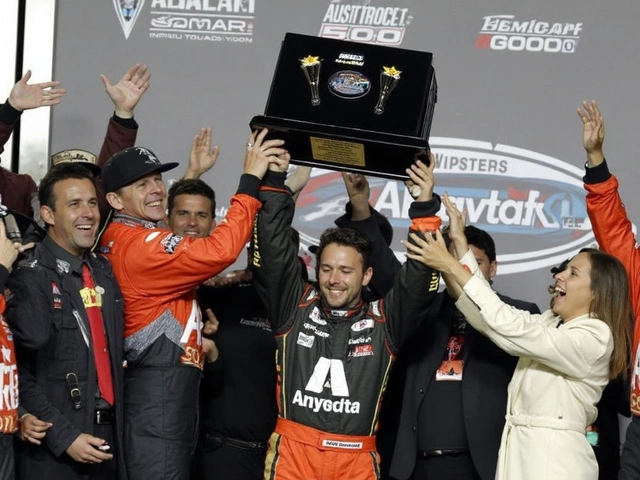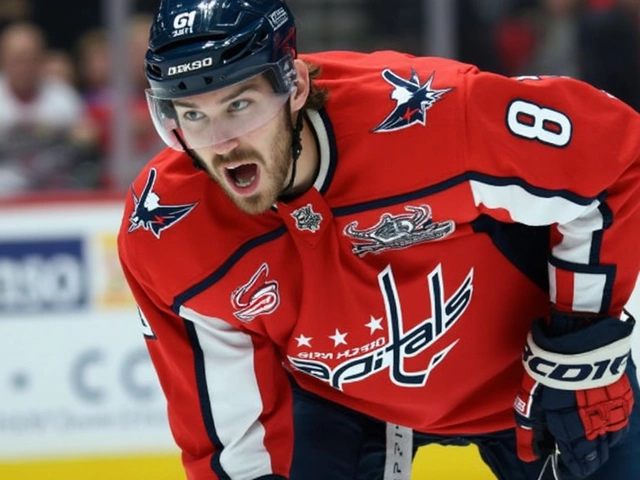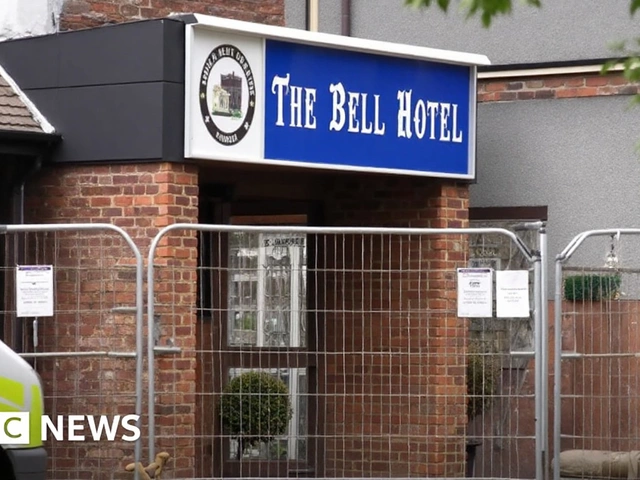College Sports Team Mascots: The Silly, The Weird, The Memorable
Did you ever wonder why a slime‑covered banana slug would cheer on a varsity team? It sounds crazy, but that’s exactly the kind of story you’ll find when you dig into college mascots. These characters aren’t just costume props; they’re a big part of how fans connect with a school’s identity.
Whether you’re a student, an alum, or just a curious fan, knowing the backstory behind a mascot makes the game day vibe feel way more personal. Below we break down why schools pick the odd ones they do and highlight a few of the most head‑scratching mascots out there.
Why colleges go for the weird
First off, a mascot is cheap marketing. A unique character sticks in people’s minds, and that helps a university stand out when recruits, donors, and media are scrolling through dozens of options. Sometimes the choice is rooted in local wildlife or history – think the Banana Slug at UC Santa Cruz, a nod to the coastal forest that surrounds campus.
Other times, students vote for something that makes them laugh. A goofy mascot can boost morale, give the crowd a rallying point, and turn a routine pep rally into a memorable event. When a mascot sparks conversation, the school gets free publicity – just ask any college that has suddenly trended after a mascot costume mishap.
Lastly, many mascots evolve from old traditions. A mascot that started as a joke can become a beloved symbol over decades, weaving itself into the fabric of campus life. That’s why you’ll see the same oddball characters reappearing on merchandise, social media, and alumni gatherings.
Top silly mascots you’ll love (or cringe at)
1. UC Santa Cruz Banana Slug – The official mascot is a bright yellow, slime‑covered slug. It’s a direct reference to the school’s mascot research lab, and fans love the “slow and steady” chant that goes with it.
2. University of North Carolina Charlotte Niners – A gold‑mining prospector with a giant pickaxe. The mascot nods to the city’s Gold Rush past, but the oversized hat and comically large mustache make it hard not to smile.
3. University of Rhode Island Rams – Not exactly a bizarre animal, but the way the ram’s horns are exaggerated on the costume gives it a cartoonish vibe that fans adore during rivalry games.
4. University of Arkansas Pine Bluff Golden Lions – The “Golden” twist adds glitter to the traditional lion, turning a regal animal into a sparkling, almost mythical creature that dazzles at halftime shows.
5. University of Texas at San Antonio Roadrunners – A towering bird that runs faster than most players. The mascot’s oversized sneakers and “meep‑meep” catchphrase keep the crowd energized, even if the bird looks a bit too cartoonish for serious fans.
Each of these mascots started with a story, a vote, or a local legend. What ties them together is the way they turn a simple game into a shared experience. When the mascot does a goofy dance or leads a chant, the whole stadium feels a little more connected.
So next time you hear a cheer for a slithering slug or a gold‑sparkling lion, remember the thought and humor that went into picking that character. It’s not just a costume; it’s a piece of the school’s culture that helps fans feel like they belong.
Got a favorite mascot that makes you smile? Share the story with your friends and keep the tradition alive. After all, the sillier the mascot, the louder the crowd’s roar.
Kieran Lockhart, Feb, 13 2023
What college sports teams have the silliest mascots?
This article examines some of the silliest college sports team mascots. Examples include the University of California Santa Cruz Banana Slugs, the University of Arkansas Pine Bluff Golden Lions, the University of Rhode Island Rams, and the University of North Carolina Charlotte Niners. The article also explains why these mascots were chosen and how they have become an integral part of the team's identity. Overall, it is clear that college sports teams have some of the most unique and silly mascots, and this article provides a great overview of why these mascots were chosen and how they have become part of the team's culture.
View More